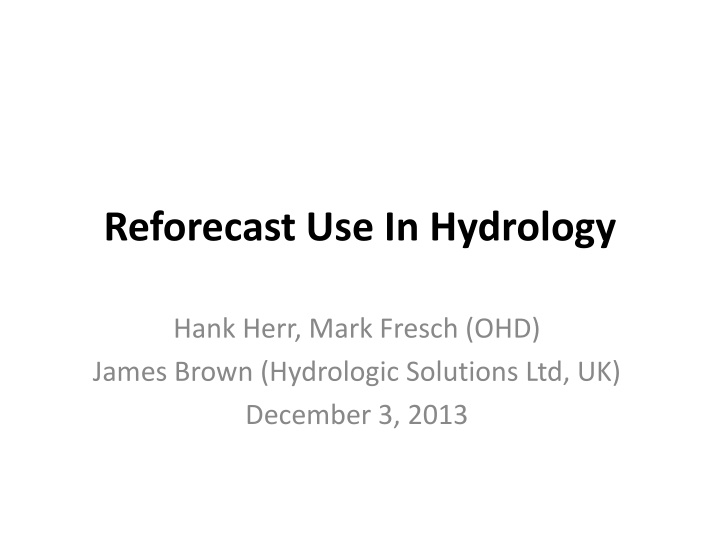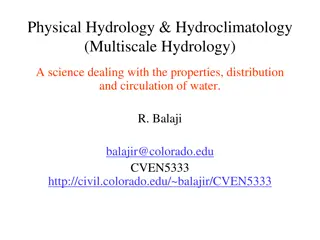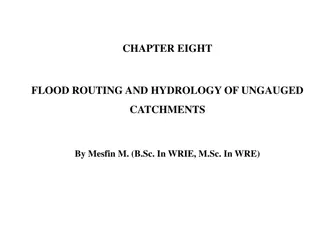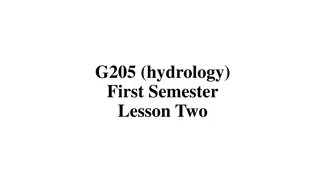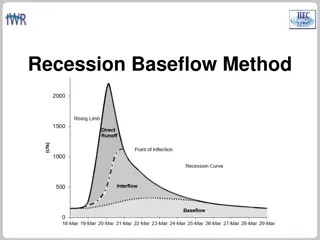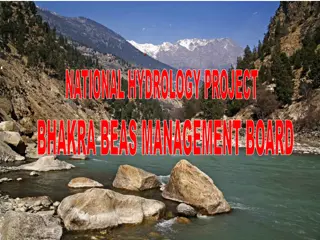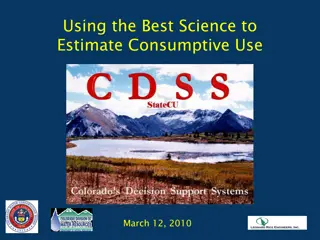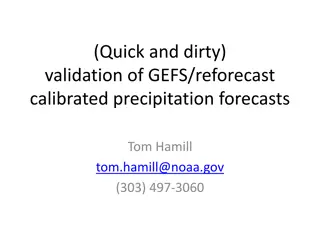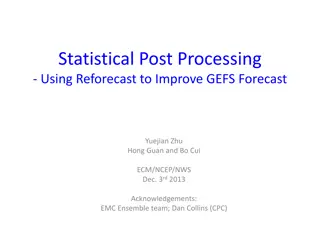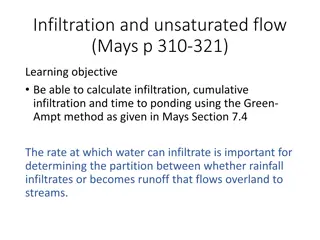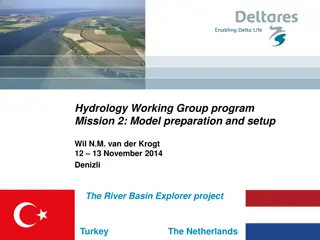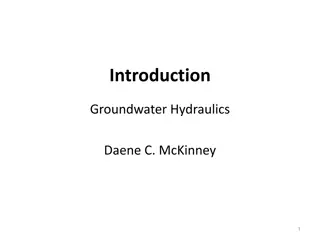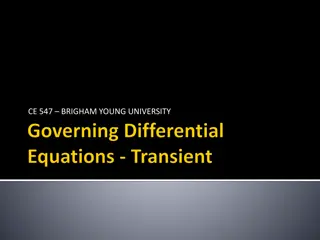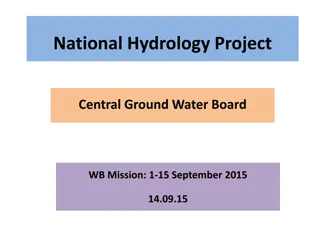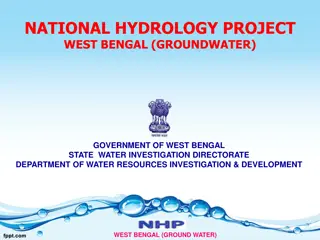Reforecast Use In Hydrology
Collaborate with agencies for hydrologic reforecast implementation to enhance forecasting accuracy, requiring long-term record support for reliable calibration. Evaluate effectiveness through streamflow hindcasting, emphasizing the importance of including high-impact events in the reforecast period. Operational models should freeze for several years post-calibration to facilitate downstream model transitions. Explore the value added by MEFP-GEFS over MEFP-GFS in improving skill and forecast accuracy, particularly for precipitation and temperature. Evaluate streamflow skill with bias correction, emphasizing the dominance of initial conditions in early lead times.
Download Presentation

Please find below an Image/Link to download the presentation.
The content on the website is provided AS IS for your information and personal use only. It may not be sold, licensed, or shared on other websites without obtaining consent from the author.If you encounter any issues during the download, it is possible that the publisher has removed the file from their server.
You are allowed to download the files provided on this website for personal or commercial use, subject to the condition that they are used lawfully. All files are the property of their respective owners.
The content on the website is provided AS IS for your information and personal use only. It may not be sold, licensed, or shared on other websites without obtaining consent from the author.
E N D
Presentation Transcript
Reforecast Use In Hydrology Hank Herr, Mark Fresch (OHD) James Brown (Hydrologic Solutions Ltd, UK) December 3, 2013
Hydrologic Ensemble Forecast System Use of Reforecasts Implementation and rollout of the Hydrologic Ensemble Forecast System (HEFS) at 13 RFCs o Calibration of the meteorological component of HEFS, the Meteorological Ensemble Forecast Processor (MEFP) o System evaluation through streamflow hindcasting and verification Collaboration with other agencies who need HEFS hindcasts, supported by meteorological reforecasts, for high priority operational objectives o Example: NYCDEP requires HEFS hindcasts to calibrate and evaluate a decision support tool used to improve water supply to New York City Requirements of Reforecasts Long period of record to support reliable calibration with reasonably small sampling uncertainty o As long as possible, but at least 20 years o Including high impact events in the reforecast period is very important Operational models to be frozen for a period of several years to allow for downstream applications to transition to new models/reforecast data sets o It is time-consuming to re-calibrate and re-evaluate the HEFS with new met models
Streamflow hindcasting with HEFS Selected basins Four RFCs Hindcasts: 1985-1999 (limited by obs. data) Upper/lower pairing USGS gauge at the outlet of each basin Relatively small basins (largest 2000 sq. miles) Lower elevations in AB and MA Higher elevations in CB and CN CB and CN have MAT/MAP sub-basins
Forcing: MEFP-GEFS vs. MEFP-GFS MEFP-GEFS adds value Compared forcing from MEFP-GEFS vs. MEFP-GFS Skill (CRPSS) from two basins in ABRFC, precipitation (top) and temperature (bottom) Sample climatology as baseline (unconditional) with MEFP conditional climatology also shown (red) Raw GEFS improves substantially on GFS and this is reflected in MEFP-GEFS results shown here Improvements particularly noticeable in first week for P, longer for T
Streamflow: MEFP-GEFS vs. MEFP-GFS Value also added to flow Streamflow skill shown for lower and upper basin in each RFC with MEFP-CLIM baseline Results include hydrologic bias-correction Skill from hydro. initial conditions dominates early lead times GEFS consistently beats GFS once forcing washes through, but hydro. uncertainty is also key On time horizon of ~4-10 days, GEFS adds ~1-2 days in lead time in terms of CRPSS, notwithstanding sampling uncertainty
